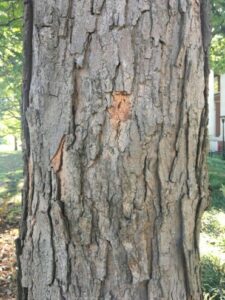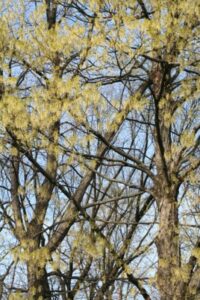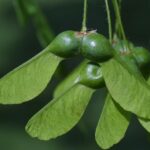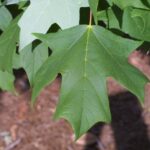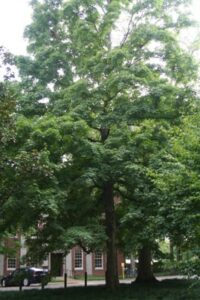Botanical Name:
Acer saccharum
Family Name:
Sapindaceae / soapberry
Description:
The sugar maple is a large tree with rounded, dense crown and striking, multicolored foliage in autumn. This tree grows well in well-drained soil in full sun to part shade but is intolerant of salt and urban pollution.
Size:
40 – 80′
Habitat and Range:
Sugar maple is native across Eastern North America, where it is a main component of Eastern U.S. hardwood forests. The species is found in moist bottomlands and rich, wooded slopes.
Attributes:
The sugar maple’s medium green leaves turn a spectacular variety of shades in the fall, from bright yellow to deep red/orange. The fruit is the familiar two-winged samara.
Wildlife Value:
Sugar maples provide excellent habitat for a variety of birds and are of special value to honeybees.
Did you Know?
• It takes roughly 40 gallons of sap to make one gallon of maple syrup. The average sugar maple tree produces around 3 gallons of sap daily and 25 gallons per season.
• Sugar maple trees often live for 300 to 400 years. The oldest sugar maple in North America is thought to be 500 years old, and is located in North Pelham, Ontario.
• Charcoal from maple trees is required in order to make Tennessee whiskey.
Benefits to Our Community (based on carbon dioxide sequestered, storm water runoff avoided, and air pollution removed each year):
Over the next 15 years, this tree will give back $3,375 worth of benefits to our community.
